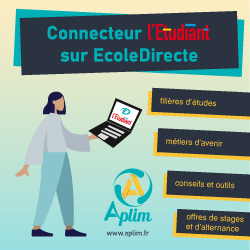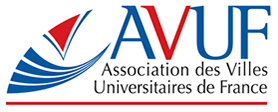
Over the last ten years, tuition has soared in the U.S., rising twice as fast as inflation. According to the Institute for College Access and Success, 70% of U.S. students graduate saddled with an average of $28 thousand in debt. This alarming trend has led to the creation of new tuition models.
#1 Pay through Your Cafe
The flexibility of online degrees has attracted new students and new partners. For example, Starbucks now pays tuition for an online Bachelor's degree at Arizona State University (ASU) for its part and full-time employees. Students can choose from over 50 degrees and can quit Starbucks when they finish. The company aims to educate 25,000 of its employees by 2025. Programs like this one motivate young people to work for companies that will subsidize their studies.
#2 Pay as You Grow
Holberton, a new computer science school founded by French software engineers, offers free tuition. In return, students pay their alma mater 17% of their salary for three years after they graduate. Founder Sylvain Kalache explains, "Our school's success is proportionate to our graduates' success." The percentage is based on a low estimate of an annual starter salary for engineers in Silicon Valley of around $70 thousand.
#3 Pay by the Unit
More and more students are opting for classes over degrees. General Assembly (GA), founded in 2011, targets this audience. Students build their own low-cost curriculum while working part time and benefitting from GA's job services. Anand Chopra-McGowan, Head of Business Development, says, "We teach in-demand business skills at a much lower cost. We can adapt our courses faster than other schools." GA's 10-week-long courses in design, programming and digital marketing cost roughly $3,000.
#4 Pay the Crowdfunding Way
Some students have gone online to fund their studies. ScholarMatch raises money for students from low-income families. Travis Greer, an African-American student from Mississippi, has thus raised over $2,400 for his studies in orthopedic surgery. GoFundMe's Education section allows students to collect money for tuition, internships and study abroad trips. Yet these innovative ideas are still far from the norm.






